I am loading my training images into a PyTorch dataloader, and I need to calculate the input image's stats. The calculation is taken directly from https://kozodoi.me/python/deep%20learning/pytorch/tutorial/2021/03/08/image-mean-std.html.
T = transforms.Compose([
transforms.Resize(img_size),
transforms.ToTensor()
])
dataset = datasets.ImageFolder(train_dir, T)
image_loader = DataLoader(dataset=dataset, batch_size=1, shuffle=True, drop_last=True)
device = torch.device('cuda:0' if torch.cuda.is_available() else 'cpu')
psum = torch.tensor([0.0, 0.0, 0.0]).to(device)
psum_sq = torch.tensor([0.0, 0.0, 0.0]).to(device)
for image, label in image_loader:
image = image.to(device)
psum += image.sum(axis=[0, 2, 3])
psum_sq += (image ** 2).sum(axis=[0, 2, 3])
count = len(image_loader.dataset) * img_size[0] * img_size[1]
total_mean = psum / count
total_var = (psum_sq / count) - (total_mean ** 2)
total_std = torch.sqrt(total_var)
Profiling revealed that the for loop is a bottleneck. How can I parallelize the operations? I have looked into Dask's delayed and got something like this.
for image, label in image_loader:
image = image.to(device)
psum += delayed(calculate_psum)(image)
psum_sq += delayed(calculate_psum_sq)(image)
count = delayed(calculate_count)(image_loader, img_size)
total_mean = delayed(calculate_mean)(psum, count)
total_var = delayed(calculate_var)(psum_sq, count, total_mean)
total_std = delayed(calculate_std)(total_var)
How should I parallelize each operation, and where should I call compute? I noticed that the total_x values have dependencies. Is that where parallelization is not possible?
UPDATE: Here is a computation graph to see which part is easier to parallelize.
